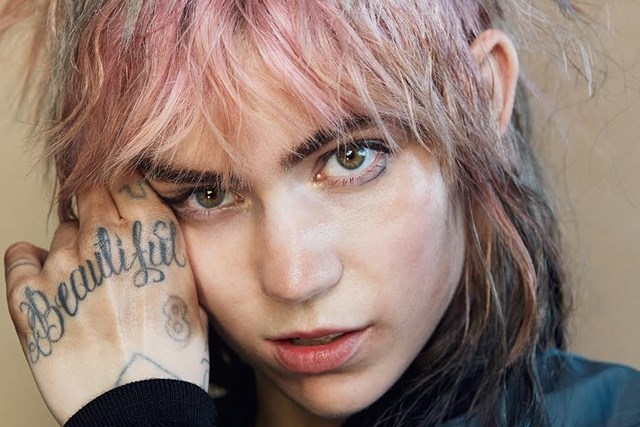International Women’s Day: it’s a day where women of all faith, of all sexualities, and of all races come together to celebrate what it means to be a woman. It’s easy to become complacent about the state of women’s rights in a country where we have the vote, we are given the option to have autonomy over our own bodies via the right of abortion and we are, supposedly, free to enter any profession that we want. However, these are mass simplifications on the state of women’s rights, and, as Donald Trump’s presidency thus far has proven, these rights are anything but guaranteed.
Last year, I took a module in the history of music journalism, and I was highly disturbed by quite how problematic my music taste was. Whether I was aware of it or not (I wasn’t), I was helping to conform to patriarchal structures that idealises masculinity within the music industry.
Becoming music editor for the paper has been fantastic for countless reasons, however one of the most notable changes I have found myself undergoing as a result is to quite how much my music taste has expanded. However, last year, my music taste was far from varied. David Bowie? Check. Oasis? Check. Pulp? Check. Arctic Monkeys? Check. An endless list of countless white men? Check.
My music taste centred around, almost exclusively, indie and alternative, like a lot of people who had an indie phase when they were 15. However, the artists in this genre tend to be exclusively white men. This meant that when Spotify provided me with my ‘Top Songs of 2016’ playlist, out of a playlist of 100 songs, only 6 of them featured female artists. Ironically, my third most played song of the year was ‘No Woman’ by Whitney, a fittingly named song for a playlist that revealed a lot about the state of indie and alternative music, and how easy it is to get swept up by the surplus of white male artists.
However, when studying the History of Music Journalism last year, I did my final essay on the position of women within music journalism (spoiler: it’s a bit shitty). When researching for this essay, I came across various pieces of reading which made me reevaluate the way I see rock.
Rock, indie and alternative music (although not exclusively) relies on a dominate-subordination relationship between the band and their female fans. The success of bands like The Rolling Stones, Iggy Pop and such bands was reliant on their statuses as ‘rock stars’, a status that is reliant on female subordination. It was a relationship of power in which women were essential in upholding these images of hyper-masculinity.
Consequently, ‘rock’ evolved as a distinctly masculine genre. The music itself became an extension of the hyper-masculinity and masculine power that their on stage personas represented. Rock was a masculine sound. When the likes of Blondie first came on the scene, the music press was initially sceptical of these female singers. They were criticised for, essentially, not fitting this masculine mould of rock. The simple act of being a woman in such a genre was not only a challenge to patriarchal structures in saying that women could be whatever they wanted, but it was a direct challenge to a genre that prided itself on its ozzing masculinity.
One only needs to think to the Britpop movement in the 90s: Oasis prided themselves off of their lad culture and the lines of groupies they constantly had at hand, however – and as much as I love Oasis – they came to represent the ultimate and classic type of ‘rock stars’. Their appeal came from the fact that they embraced, so shamelessly, lad culture and their care-free masculinity. Part of their appeal was that they epitomised sex drugs and rock n’ roll; they epitomised this classic rock star image, in which a group of attractive males with a guitar in their hands was meant to be adorned by their female fans. It was an exciting image, which every lad of the 90s wanted to replicate.
By no means am I trying to suggest that rock is the only genre guilty of this normalised patriarchy. This idealised male artist with subordinate female fans is present all over the music industry; One Direction and Justin Bieber being the obvious examples. In fact, when I was lucky enough to somehow find myself with a free ticket to Drake a few weeks ago, I was shocked at how many misogynistic comments Drake made throughout the duration of the concert. He made various remarks to the audience asking ‘are there any beautiful women in the crowd tonight? Because I’m looking for someone to have a bit of fun with’ – a comment that certainly didn’t sit well with me.
Our narrative of rock and music history focuses on mostly male artists. When my fellow music editor Jemima sent me this playlist this morning to check over, what it really drew to my attention was this ‘hidden history of music’ that is so easy to forget when female artists are so sidelined in comparison to their male counterparts, and how easy it is to get caught up in the excess of male artists that exist within the less mainstream music spheres.
So, on International Women’s Day let’s give them the credit they deserve. This one’s for the women: you bloody deserve it.
Juliette Rowsell, playlist by Jemima Skala
(Image: Dazed and Confused)

